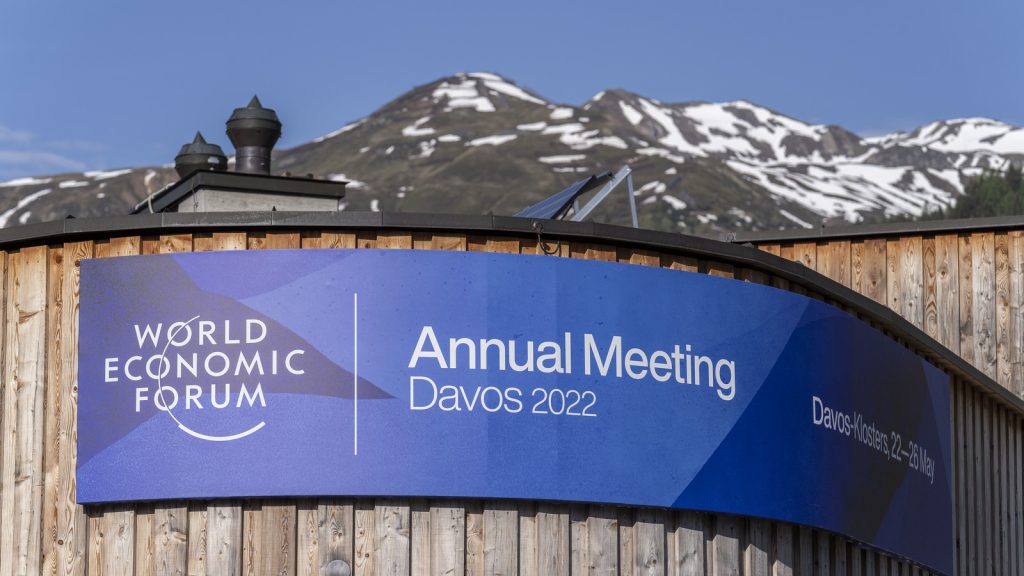The Amazon is rarely out of the spotlight when it comes to environmental and development issues. There are obvious reasons why: in a recent Economist article, the crucial role of the Amazon for the entire planet was laid out starkly – “If rainforests were Earth’s respiratory system, the Amazon would be a full lung… Its flora absorb 1.5 billion tonnes of carbon dioxide a year, equivalent to 4% of emissions from fossil fuels.”
Given this context – and the fact that Brazil is home to 60% of the Amazon – there has been intense focus on the policies of the Brazilian government in recent years as deforestation rates are on the increase. At the Glasgow climate conference, the federal government committed to cut its greenhouse gas emissions by 50% by 2030 – under which the Amazon plays an extremely important role. As part of that plan, the government’s target is to end illegal deforestation by 2028.
While the federal government plays a decisive role in these efforts, sub-national governments – such as the state of Pará – have an equally significant part to play. Pará is the second largest state in Brazil, in the middle of the Amazon region, with a population of 8.7 million people. The governor of Pará, Helder Barbalho, was at the World Economic Forum’s meeting in Davos recently where he spoke about the state’s Amazon Now plans to reach net zero from land use change by 2036 and restore 3 million hectares of forests by 2030 to contribute to tackling climate change.

To realize these goals, Pará is developing new regulatory frameworks and partnerships to scale deforestation-free supply chains, restoration of degraded lands, new bioeconomy value chains and forest carbon programs. The private sector plays a key role for Pará in these efforts, and to present opportunities for this stakeholder group, the Tropical Forest Alliance and MN Socioflorestal, in consultation with key officials at the state government, has developed a new publication called Amazon Now: Private Sector Opportunities for a Low-Carbon Economy in Pará, Brazil.
The study maps how private sector action can contribute to the Amazon Now pillars, covering opportunities on the bioeconomy, commodity production, and forest carbon. These opportunities are based on a development model that reconciles forest conservation with income generation for local communities. “We are encouraging sustainable practices and developing incentives for private sector action, so that we can build solutions for society that can be replicated elsewhere,” said Governor Barbalho.

Another session on the Amazon Basin at Davos also discussed how carbon markets can also contribute to stopping deforestation with the right price and incentives. “If we want to change the concept of land use, we need to compensate environmental services,” said Governor Barbalho in the discussion. “We need a new model to convince people of the importance and value of standing forests. Currently one hectare for crops is more valuable compared to one hectare of standing forest, and I believe that the carbon credit market is a new model that will allow for the reconciliation of economic growth for people and environmental preservation.”
Explore the opportunities for the private sector to support Pará to reduce emissions and deforestation and restore forests in our publication here. Join a network of 1,200+ supporters of the use of landscape and jurisdictional approaches to achieve a forest positive future at scale by subscribing here and benefit from shared learnings through webinars, newsletters, and resources in the JA Resource Hub.
